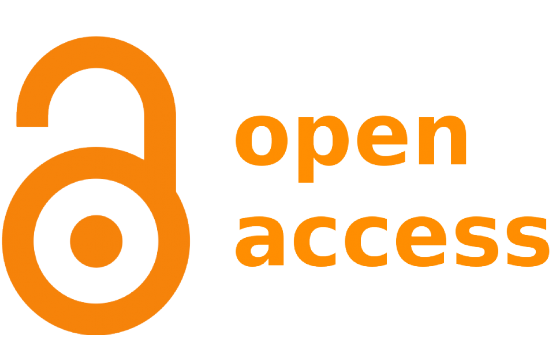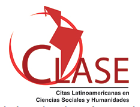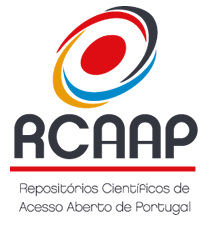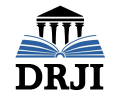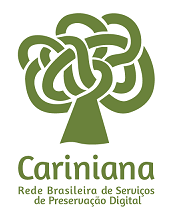Sechiisland: art and everyday life of an imaginary island
DOI:
https://doi.org/10.5433/1679-0383.2008v29n1p23Keywords:
Mail Art, Sechiisland, Daily Life Alternative, Visual Arts, Imaginary Country, Visual Poetry.Abstract
The plastic artist José Roberto Sechi has become a representative figure in the scenario of the Mail Art international network in which artists of the whole world make use of the Mail System as a support for creation and artistic distribution. From his work as a mail artist and his desire to (re)construct his identity as an artist and a human being, Sechi transformed his house, located in a poor neighborhood of the city of Rio Claro – SP, little by little, into an alternative cultural center, with a significant collection of catalogued art works, a space for exhibition of artists inserted into contemporary experimental movements, a reference library and a space for meetings. Naming his creation as Sechiisland (Island Sechi), the artist defines it as an imaginary island that has become a reference – so or more important than an official institution – for a great number of mail artists worldwide. In this present article, it is intended to carry out a first approach/reading of this space, with the purpose of evidencing a deliberate process of creation of an alternative everyday life, understanding Sechiisland as a poetic image, susceptible of being read as well as borrowed as a work of art in process, in its physical and concrete aspect and/or in its virtual representativeness.
Downloads
Downloads
Published
How to Cite
Issue
Section
License
Semina: Ciências Sociais e Humanas adopts the CC-BY-NC license for its publications, the copyright being held by the author, in cases of republication we recommend that authors indicate first publication in this journal.
This license allows you to copy and redistribute the material in any medium or format, remix, transform and develop the material, as long as it is not for commercial purposes. And due credit must be given to the creator.
The opinions expressed by the authors of the articles are their sole responsibility.
The magazine reserves the right to make normative, orthographic and grammatical changes to the originals in order to maintain the cultured standard of the language and the credibility of the vehicle. However, it will respect the writing style of the authors. Changes, corrections or suggestions of a conceptual nature will be sent to the authors when necessary.




